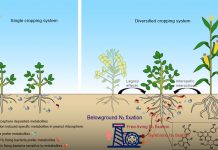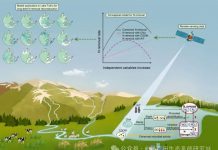Ti CP, Wang X, Yan XY. Determining δ15N-NO3− values in soil, water, and air samples by chemical methods. Environmental Monitoring and Assessment, 2018, 190: 341
Abstract
Soil, water, and air NO3− pollution is a major environmental problem worldwide. Stable isotope analysis can assess the origin of NOx because different NOx sources carry different isotope signatures. Hence, using appropriate chemical methods to determine the δ15N-NOx values in different samples is important to improve our understanding of the N-NOx pollution and take possible strategies to manage it. Two modified chemical methods, the cadmium–sodium azide method and the VCl3–sodium azide method, were used to establish a comprehensive inventory of δ15N-NOx values associated with major NOx fluxes by the conversion of NO3− into N2O. Precision and limit of detection values demonstrated the robustness of these quantitative techniques for measuring δ15N-NOx. The standard deviations of the δ15N-NO3− values were 0.35 and 0.34‰ for the cadmium–sodium azide and VCl3–sodium azide methods. The mean δ15N-NO3− values of river water, soil extracts, and summer rain were 8.9 ± 3.3, 3.5 ± 3.5, and 3.3 ± 2.1‰, respectively. The δ15N-NO3− values of low concentration samples collected from coal-fired power plants, motor vehicles, and gaseous HNO3 was 20.3 ± 4.3, 5.6 ± 2.78, and 5.7 ± 3.6‰, respectively. There was a good correlation between the δ15N-NO3− compositions of standards and samples, which demonstrates that these chemical reactions can be used successfully to assess δ15N-NO3− values in the environment.








